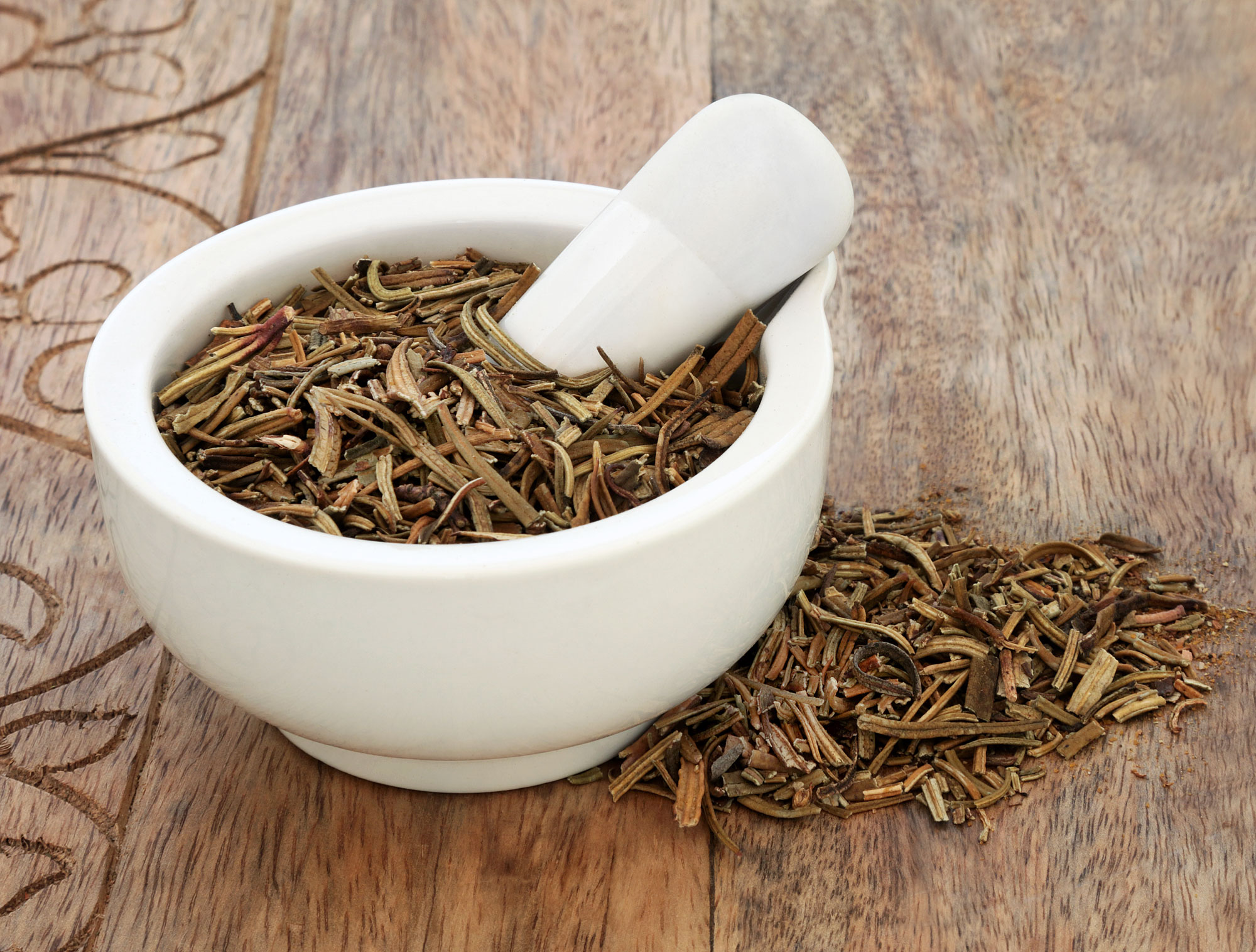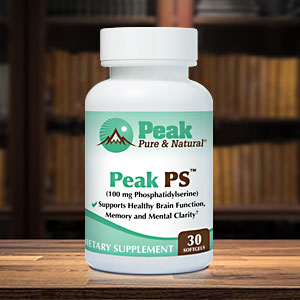Get Easy Health Digest™ in your inbox and don’t miss a thing when you subscribe today. Plus, get the free bonus report, Mother Nature’s Tips, Tricks and Remedies for Cholesterol, Blood Pressure & Blood Sugar as my way of saying welcome to the community!
‘Holy herb’ halts inflammation in cells linked to Alzheimer’s

The best medicines (whether prescription, over-the-counter or herbal) all start in the same place — with plants.
Scientists never know what they’ll find growing in the Amazon rainforest, the California redwoods or America’s Southwestern deserts. They could find a promising treatment for cancer, autoimmune diseases or Alzheimer’s.
But even if they don’t find any new and unusual plants, they often find new and exciting uses for plants we’ve known about for centuries.
Like the herb Yerba Santa.
Yerba Santa was used medicinally by Native Americans and eventually Spanish settlers, who named it “Holy Herb.” It’s best known for its ability to relieve respiratory issues like asthma, bronchitis, or seasonal allergies. It’s also used for headaches, fever, sore muscles and rheumatism.
But a new study shows it could be the answer to a much bigger health problem — a problem that’s one the leading cause of death in the United States — Alzheimer’s.
California’s Yerba Santa keeps brain cells healthy
Researchers from the Salk Institute recently found a potent neuroprotective and anti-inflammatory chemical in the herb Yerba Santa.
In their study, they screened 400 plant extracts with documented pharmacological potential. And a compound from Yerba Santa stood out from the pack.
The compound, called sterubin, is the most active component in Yerba Santa. Researchers tested sterubin on mice brain cells called microglia and it reduced inflammation in these critical cells that often play a role in Alzheimer’s disease.
Sterubin also removed iron from brain cells — great news since an accumulation of iron causes nerve cell damage and neurodegenerative diseases as we age.
All in all, sterubin seems like a promising compound that could lead to a new Alzheimer’s treatment in the future.
“Not only did sterubin turn out to be much more active than the other flavonoids in Yerba Santa, it appears as good as, if not better than, other flavonoids we have studied,” says Senior Staff Scientist Pamela Maher, a member of Salk’s Cellular Neurobiology Laboratory.
The best Alzheimer’s prevention is inside you
Sterubin sounds promising, but it needs to be studied a lot more before it becomes the next big thing in Alzheimer’s treatment. In fact, Salk’s Cellular Neurobiology Laboratory already has plans to test it in an animal model of Alzheimer’s. If that goes well, then they can test it on humans.
Related: 15+ herbs, vitamins, and nutrients that help fight dementia
If you’re looking for an effective way to prevent Alzheimer’s in the meantime, I have one word for you: exercise.
So many studies demonstrate exercise’s power to reduce the risk of Alzheimer’s, slow its progression and improve symptoms in people who already have the disease.
In fact, the Mayo Clinic reports that if you exercise for 30 to 60 minutes a few times per week you can:
- Maintain strong thinking, reasoning and learning skills as you age if you don’t have Alzheimer’s
- Improve memory, reasoning, judgment and thinking skills if you have mild cognitive impairment (the precursor to Alzheimer’s) or mild Alzheimer’s
- Delay the start of Alzheimer’s if you’re at risk for the disease
- Slow the progression if you already have Alzheimer’s
So, even though a new anti-Alzheimer’s herb may be on the horizon, we already have what we need to fight this serious disease within our own body… as long as we keep moving!
Editor’s note: One of the biggest dangers to anyone’s brain is a drug that 38 million Americans take every single day. It robs the brain of an essential nutrient required for optimal brain health. And it steals memories. Are you taking it? Click here to find out!
Sources:
- Native California medicinal plant may hold promise for treating Alzheimer’s — MedicalXpress
- Old age-associated phenotypic screening for Alzheimer’s disease drug candidates identifies sterubin as a potent neuroprotective compound from Yerba santa — Redox Biology
- Alzheimer’s disease: Can exercise prevent memory loss? — Mayo Clinic













